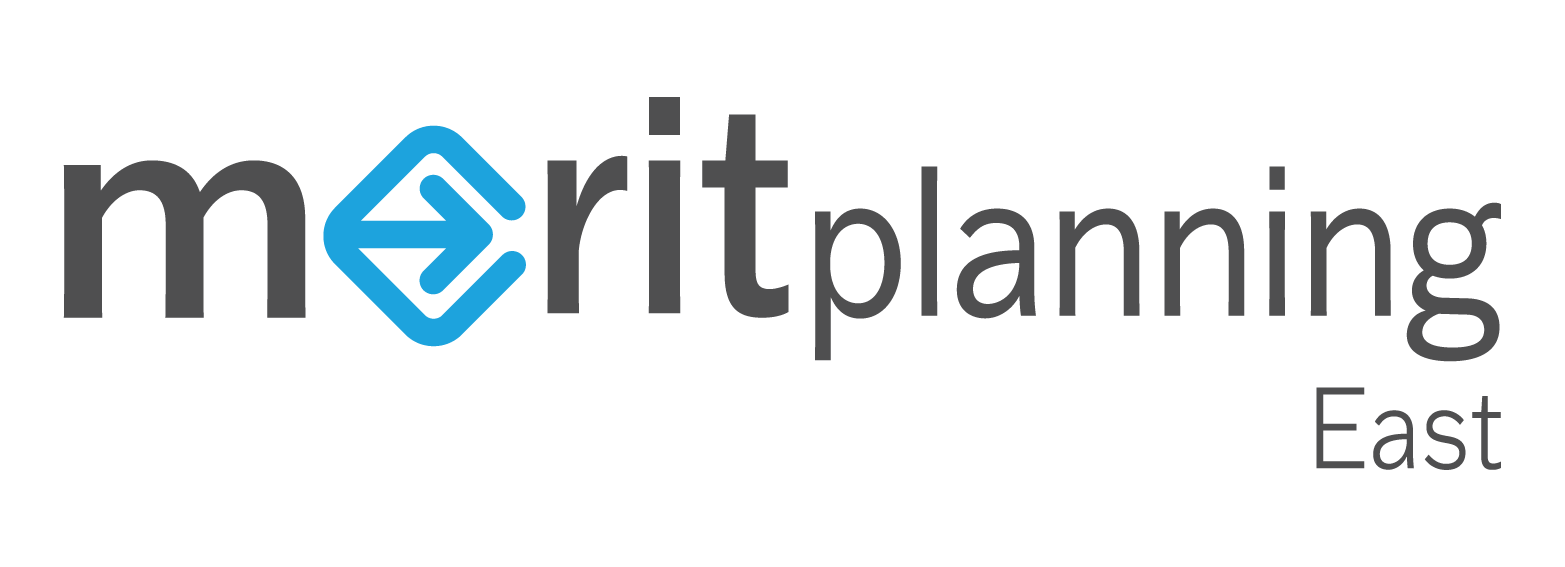Along with this raft of legislative change, the Australian Securities and Investments Commission (ASIC) has also introduced new licensing requirements for accountants who work with and advise Self Managed Superannuation Fund (SMSF) Trustees. Only approx. 10% of accountants have complied with these changes to date.
As such if you, as many, consider your accountant would be your 1st port of call for Financial Advice, they will likely advise you, they are unable to provide the information you require & should consult a qualified Financial Adviser / Planner.
This is general advice only and you should seek expert financial advice from a qualified financial adviser before acting on any of the information covered in these topics.
Patience and discipline with investing will make you wealthy.
Take a look at the history of the Australian sharemarket over the last 30 years. Despite all of these potentially catastrophic events, the Australian sharemarket delivered outstanding returns
1988 – All Ords hits a new low of 1171 in Feb after October 1987 Crash
1990 – First Gulf War and deep Australian Recession. Interest Rates hit 18%
1994 – Bond Market Crash – Every asset class reports negative returns apart from cash
1997 – Asian Market Crash
1998 – Russian economy collapses and “Long Term Capital” Hedge Fund explodes
2000 – Dot Com Bubble Bursts
2001 – 9/11 Terrorist Attacks / Enron collapse & bankruptcy
2003 – 2nd Gulf War
2008 – Global Financial Crisis / Bernie Madoff Ponzi Scheme Unravels
2009 – European Sovereign Crisis
2012 – US Fiscal Cliff
2015 – Resource prices collapse / Chinese Economy Shudders / US Raise Interest Rates
2016 – Brexit / Donald Trump Elected 45th President of the USA
Had you been unlucky enough to invest in the Australian sharemarket index in 1987 at the peak right before the crash, you would have experienced an increase in capital of approximately 154% or 5.1% p.a. through to December 2018. Add to this a dividend of approx. 4.5% p.a. you are looking at a total annualised return of 9.6%.
Alternatively, had you invested at the beginning of 1988 after the crash, you would have experienced capital growth of approximately 340% or 11.3%. Again accounting for an average dividend of 4.5% p.a. you would have experienced a total annualised return of approx. 15.7%.
As is often the case, ‘Warren Buffet’ puts it best and although this statement is in reference to the US market, it applies equally to the Australian market:
“Keep buying the S&P 500 through thick and thin, and especially through thin”.







